In Plain Sight: Living Curiously in Portland





 Email to a friend
Permalink
Email to a friend
Permalink
Tuesday, April 14, 2015
Becki Saltzman, GoLocalPDX MINDSETTER™
As a third-generation Portlander, I feel both exhilarated and conflicted by Portland’s sly emergence out of her look-at-me-I’m-weird puberty phase toward the next phase in her evolution as a big-girl city. Most of all, I’m curious.
When I was growing up, exotic eating was the standard Jewish Sunday night fare of egg foo young and fried shrimp from the Republic Café in Portland’s Chinatown. Ethnic food was synonymous with Cantonese. Weird were my curious fantasies about what caused the steam to billow from the manholes on the downtown streets. My father insisted it was smoke from the cigars of the “bums” holding a convention under the street. I was only kind of suspicious.
When I returned to Portland after college, grad school and a surreal stint in the Deep South, the city had gone all fancy and Szechwan, but I still recognized her newish spicy version. She was beginning to show flashes of her sexier self, but her louder, grungier big sister, Seattle, kept her a bit of a wallflower. We spent a lot of time driving north for our real-city food, music and debauchery.
One afternoon, while enjoying a delicious plate of pad thai with exotic Sriracha from one of Portland’s first Thai restaurants, my real estate partner, Gregg, shared his dream with me. He had decided to redevelop one of the original buildings on what was then perceived to be mostly boarded-up Alberta Street. It would be many years before the words, “Alberta Street” and “art” were ever mentioned in the same breath. While I looked around with a judge-y sneer at what appeared to be so many boring and boarded up buildings, Gregg showed me how wrong my dismissal was. To Gregg, Alberta represented interesting people, opportunistic zoning, funding opportunities, vitality, a good commercial/residential mix, accessibility, history and creativity. That may seem obvious now, but he also taught me that the same misguided judgment that I applied to Alberta could also apply when dismissing a seemingly boring suburban strip mall. Not only was there mystery and opportunity in the mess, there was mystique in the mundane.
Understanding the importance of remaining curious when confronting the fact that what we see is never all that there is, was something I knew to be vital to critical thinking. Gregg helped me see how this strategic curiosity is critical to successful real estate investing. A lifetime of living curiously has revealed how this is also significant in understanding and appreciating the evolution of a city.
Jump ahead nearly 25 years to today. Sadly, Gregg McCarty is no longer with us, but what he and other curiosity-seekers saw beyond the gang graffiti and abandoned buildings is what we see today…if we’re not careful.
In the face of glorious development and keeping popular Portland uncommon, it is more important than ever that we look at our city through a lens of curiosity in order to gain the insights revealed when we understand that what we see is never all that there is. We should see the upsides and the downsides to gentrification. We should see funky places sometimes being sadly replaced and sometimes being excitedly enhanced by slick, big-girl-city developments. We should recognize that while this growth contributes to our appreciating real estate values and cool culinary creations, it often means that many of us can no longer afford to live in the neighborhoods we helped create. We can show off our Portlandia funkiness on television, and see how the invitation to join the Portland party is extended to hipster, bearded food cartists as well as opportunistic and visionary developers. We also miss a lot when we roll our eyes dismissively at suburbia without taking the time to recognize the ethnic diversity, verdant neighborhoods, and interesting curiosities often hiding in plain sight.
While working on creating the Living Curiously Lifestyle, I have been enjoying watching the deluge of people visiting and moving to Portland, and seeing my native city through their curious eyes. I try to walk around in tourist goggles so I can obtain the insights revealed through curiosity without being too excited by or too suspicious of change. After a week of Ethiopian, Russian, Brazilian, and Vietnamese food, I realize how much my taste buds have evolved since the egg foo young of Sundays gone by. Living curiously is the key to understanding the evolution of a city, to still finding Cantonese food interesting, and to finding the mystique in the mundane.
In case you’re curious, you are cordially invited to join the Tribe of the Curious.
A graduate degree in behavioral science, three generations of Portland blood in her veins, 20 years as a real-estate broker, and a lifetime of delving into other people’s business has caused Becki Saltzman’s severe curiosity disorder. She is the author of Arousing the Buy Curious and The Living Curiously Method (launching in 2015) and founder of Oomau Media. She looks forward to expanding membership in the Tribe of the Curious.
You can also follow her on Twitter and Facebook…or not.
Related Slideshow: 10 Things You May Not Have Known About Planning Your Death in Portland
In Case You’re Curious…
Ten things you may not have known about planning your death in Portland.

Prev
Next
10.
To take advantage of Oregon’s Death With Dignity program is not easy, and it’s not suited for everyone. For those who believe that their life and death are divinely determined, it may not be the best program. It seems well suited for control freaks who wish to give as much thought to, and maintain as much control over, their death as they do their lives. The demographic for Death With Dignity participants skews toward the more highly educated and wealthier. Over 46% of those who have died under the Death With Dignity Act had at least a bachelor’s degree. 63% of participants had private insurance.

Prev
Next
9.
There are strict criteria to qualify for the Death With Dignity program in Oregon. A participant must be at least 18-years old, be an Oregon resident, have the capability of making and communicating health care decisions, and cannot have more than 6 months to live. Eligibility must be determined by at least two physicians, and the lethal prescription comes with a 15-day waiting period. At the point of taking the prescription, the patient must be totally mentally competent. A participant can change their mind at any time, and over 1/3 of patients who obtain the necessary prescription do not use it.

Prev
Next
8.
There are a lot of myths and misconceptions about Death With Dignity. It is not euthanasia, which is when a physician administers a lethal dose or injection. It is not terminal sedation, which is the practice of sedating a terminally ill, competent patient to the point of unconsciousness. It is not the same as a patient withholding life-sustaining treatments like medicine, food or water; a patient withholding their own treatment is perfectly legal in every state, while Death With Dignity is not. It is not the same as administering pain medication that may speed up the death process. Death With Dignity is a very specific and patient-driven program that requires the competent, terminal patient to proactively plan and execute their inevitable death.
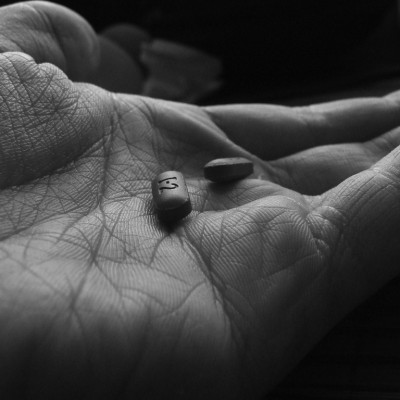
Prev
Next
7.
Opponents of dignified death programs worry that terminally ill patients may be pressured to end their lives in order to save money or avoid being a burden. I’m not sure how the existence of these programs would facilitate eliminating expensive or burdensome patients because it is the farthest thing from a strategically placed pillow. Physicians, friends, and family members cannot legally drive this process even if they wanted to.

Prev
Next
6.
Two other states, Washington and Vermont, have similar Death with Dignity state laws. Montana and New Mexico have laws that are medically directed versus Oregon, Washington, and Vermont’s state directed programs. This means that there is not a regulatory framework for doctor-assisted suicide in Montana or New Mexico, but doctors are shielded from prosecution as long as they have the patient’s request in writing. Oregon Health Authority oversees Oregon’s implementation and compliance with the Death With Dignity Act.
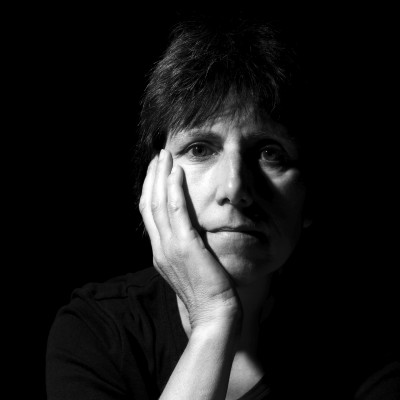
Prev
Next
5.
One of the many myths surrounding our Death With Dignity is that Oregon will become a place where boatloads of terminally ill folk come to die. For the nearly 20 years since this program has been in effect, this has not happened. However, I couldn’t help but wonder what a tourist industry that explores how to create a dignified death might look like, and whether or not it may work well with our current tourist industry that focuses on how to create a wonderful life.

Prev
Next
4.
Compassion and Choices can help navigate the myriad of end-of-life options long before the inevitable seems inevitable. It is never too soon to prepare an Advance Directive, for example. These are the documents that indicate your preferences relating to your future health care. They generally include what kind of treatment you wish to receive, when you wish to stop treatment, and whether or not you wish to refuse life-sustaining treatment. It may include a durable power of attorney so you can assign someone to act on your behalf concerning matters of your health care when you can’t act for yourself. You can write whatever you want on the directive and you can and should continuously change and update the document. It’s meant to be a living document to provide up-to-date instruction for how you want to conclude your life. Given that a conclusion to life is a sure thing, if you’re a planner, this may be something to consider, but if you hide this directive away in a secret space so one can find it, it’s worthless because…no one will find it.

Prev
Next
3.
POLST/MOLST (Physician/Medical Order for Life-Sustaining Treatment) forms are not the same as advance directives. These forms are generally obtained when one is terminally ill or really elderly and frail. They are medical orders issued by medical personnel. Your physician cannot be forced to participate with your POLST/MOLST and given the nature of the forms, you probably won’t be in the best position to challenge them to do so, but these are good directives to have when the time is right. Grab a form here. A Do Not Resuscitate (DNR) instructs health care providers not to attempt to resuscitate you if your heart stops in a medical facility. Display it prominently if you mean for it to be taken seriously. Hide it away if you’re not so sure.

Prev
Next
2.
If you are at all interested in having the option of controlling your death, do not wait until you are pretty sure you know how and when you will die to begin preparation. It’s never too early to ask your doctor if she will support you in taking advantage of the Death With Dignity Law. If your doctor agrees to support you, you will need to ask whether she will be willing to write a prescription. Theoretical support is not the same as authorizing and prescribing the necessary medication. If this is an important option for you to have, consider making this a criterion for choosing your doctor.
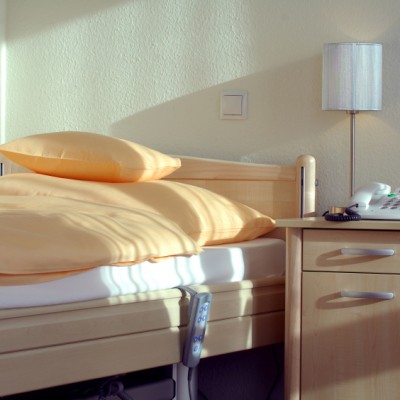
Prev
Next
1.
Even if your doctor would theoretically support your right to die with dignity, there are other reasons why some hospitals do not allow their doctors to participate in the program. For example, in small towns where the only hospital enjoys a tax-exempt status and yet is still subject to moral restrictions imposed by Catholic bishops, orchestrating an elegant death may not be an option because of a lack of physicians who are allowed to participate. This position may not be changing anytime soon as Pope Francis, made the churches’ position clear when he condemned Brittany Maynard as participating in a “sin against God, The Creator.” He is not a fan of death with dignity and believes in a “redemptive quality of suffering.” Cacao.
Enjoy this post? Share it with others.





 Email to a friend
Permalink
Email to a friend
Permalink
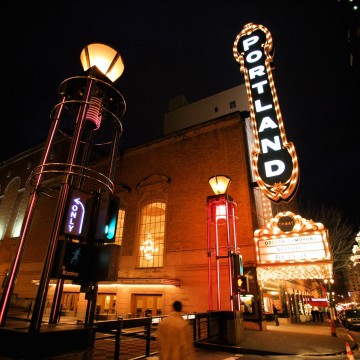
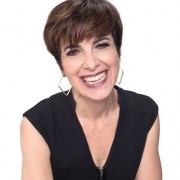
























Follow us on Pinterest Google + Facebook Twitter See It Read It